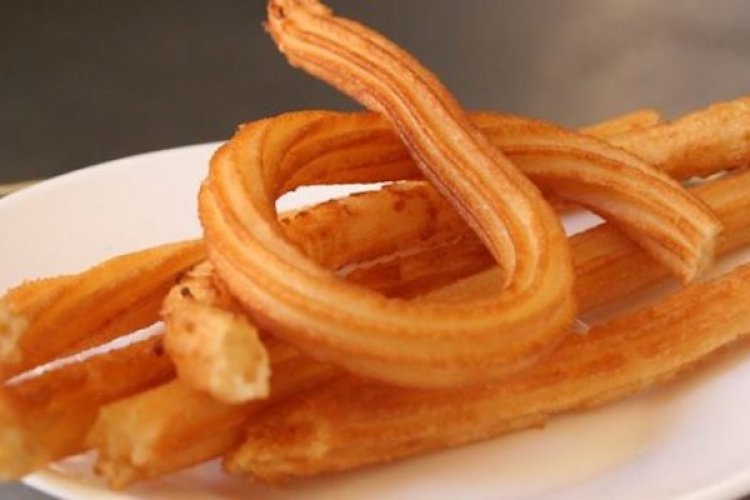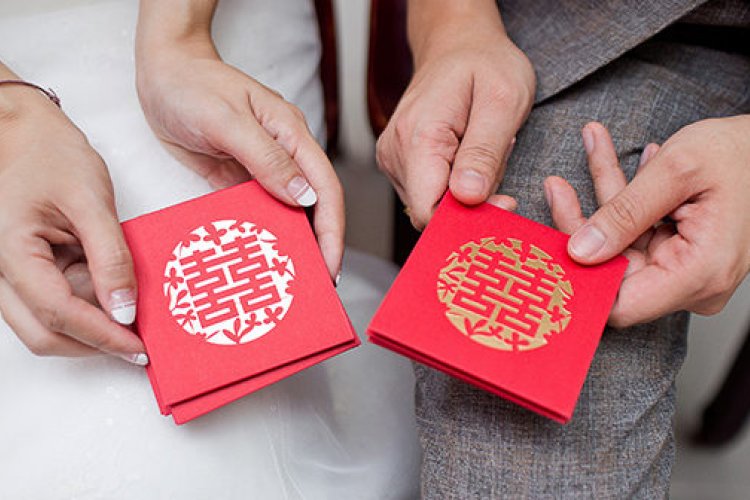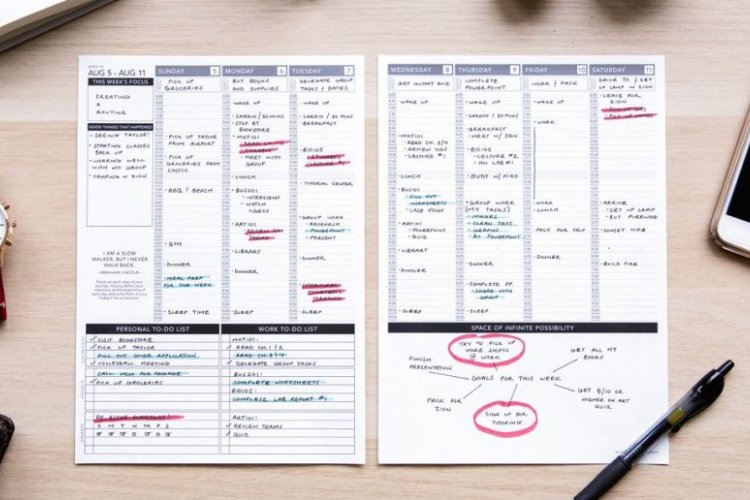One Card to Rule Them All: Take a Ride by Subway, Bus, Taxi, or Bicycle
There are over five million cars on Beijing’s roads, contributing more than 30 percent of the city’s air pollution. Heavy traffic and poor air quality are powerful incentives to check out the city’s extensive public transport network; it’s cheaper and often quicker. Read on to find out how to get started.
Yikatong
The yikatong (一卡通), which means “one-card pass” in Chinese, is a transit card similar to London’s Oyster Card and Hong Kong’s Octopus Card. You can use it for all of Beijing’s public transport options: subway lines, the airport express, city buses, taxis (technically anyway), and shared bicycles.
Cards can be purchased at around 200 locations in Beijing, including most subway station counters, some bus stations, supermarkets such as Jinkelong, and China Post branches. Technically, you rent rather than buy the card, paying RMB 20 as a deposit. You can then charge the card with credit, with a minimum top-up of RMB 10 and a maximum top-up of RMB 1,000. Add credit at any of the recharge machines (instructions are available in English) or ticket counters located inside subway stations.
Hang onto your yikatong; because you don’t need to register your ID to purchase one, the balance cannot be refunded or transferred if the card is lost or stolen. Cards can also be used at some phone booths, fast food restaurants (including KFC, Yonghe King, and McDonald’s), and stores (such as Wal-Mart, Wu Mart, and Jingkelong).
To read the rest of the article, pop over to our sister website beijingkids.







